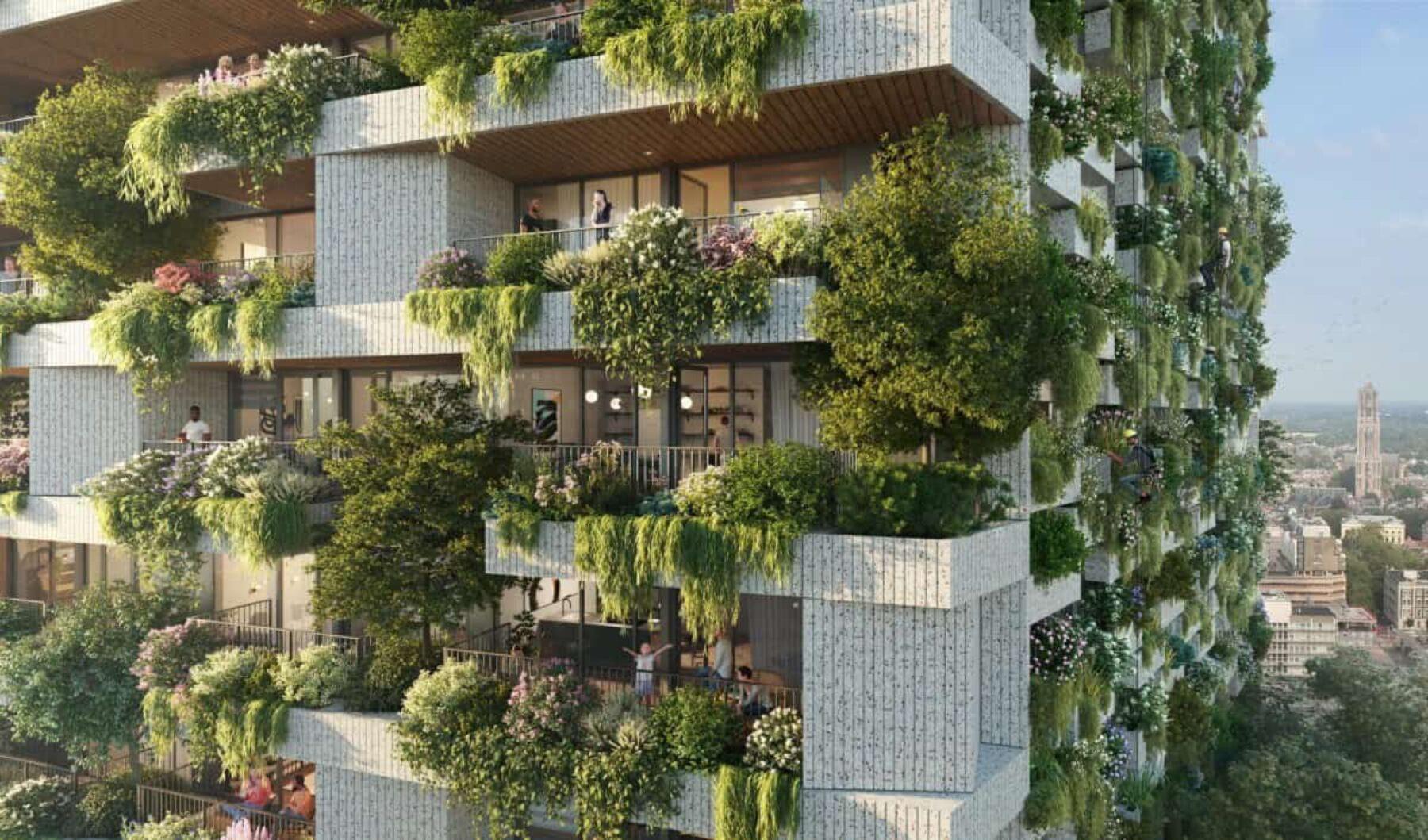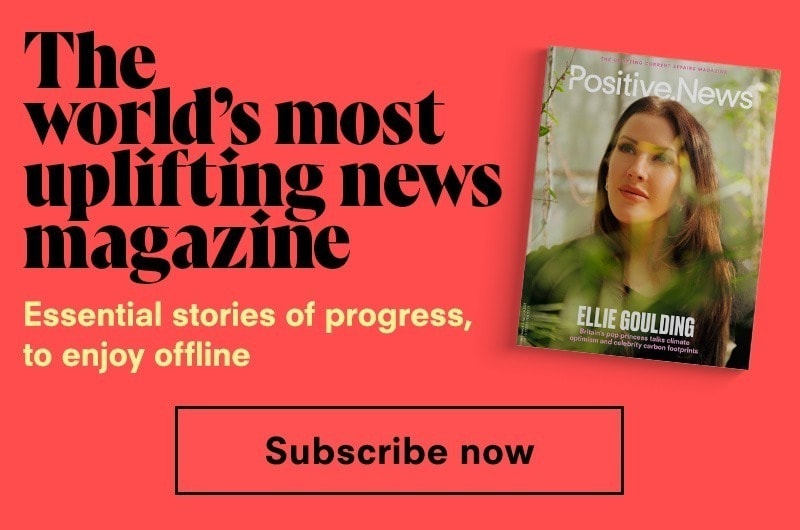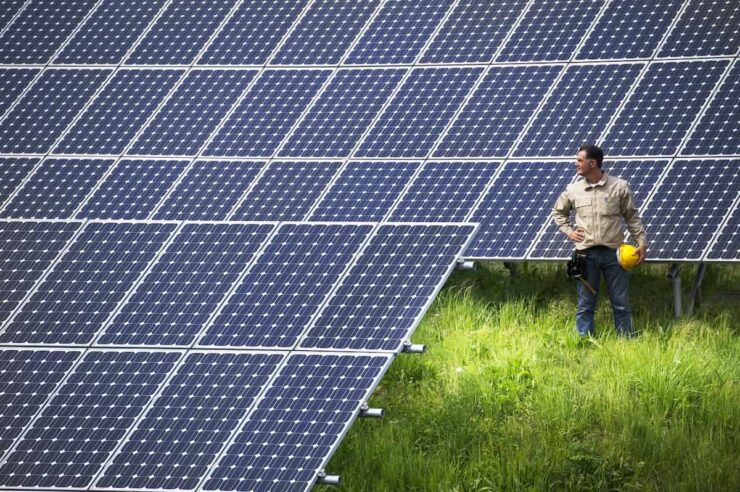Emissions appeared to be flattening, a vertical forest took shape in Utrecht, and an Arab woman made space history, plus more good news
This week’s good news roundup
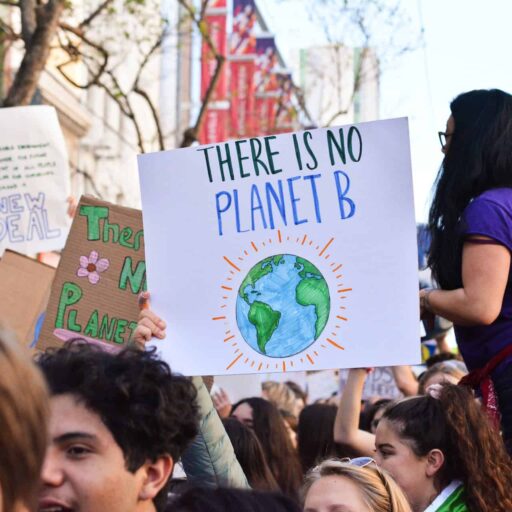
The planet appears to have taken a step back from a CO2 precipice, according to analysis by Climate Brink, which shows emissions are no longer following the worst case scenario of runaway, year-on-year growth.
After increasing around three per cent a year in the early 2000s, emissions have flattened out since 2010. Climate Brink credits the shift to the plummeting costs of clean energy driving demand away from coal – but cautions we’re still a long way off climate targets.
Meanwhile, more number crunching by Carbon Brief suggests that China is on track to hit peak emissions imminently amid explosive renewables growth.
The country recorded an all-time emissions high for the first quarter of 2023 as it came out of lockdown (and incredibly plans to add more coal capacity), but experts believe the rapid expansion of low-carbon energy could stave off another CO2 spike. Solar and EVS are booming, and could tip China’s emissions into decline as early as next year.
Image: Li-An Lim
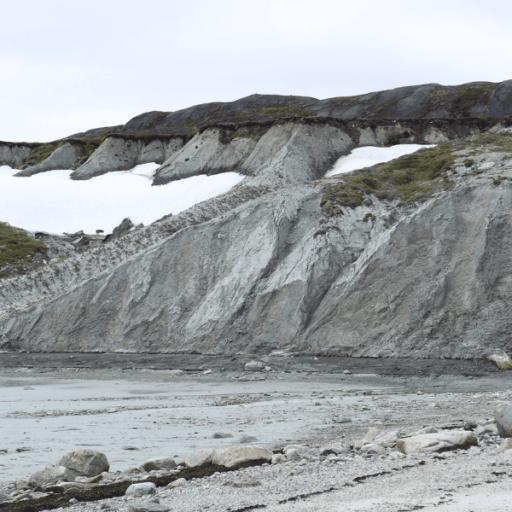
Mud, glorious mud – there’s nothing quite like it for cooling the blood, or so the song goes. Now scientists from the University of Copenhagen, Denmark, say it could help cool the planet, too.
Researchers studying the CO2 capture potential of rock ‘flour’ ground by Greenland’s glaciers say spreading it on farmland could trap billions of tonnes of planet-warming carbon dioxide, while increasing crop yields. The flour flows as mud beneath Greenland’s ice sheets, which produce 1bn tonnes of the stuff a year – essentially an unlimited supply.
The emissions capture process, called Enhanced Rock Weathering (ERW), is a turbo-charged version of a natural phenomenon: atmospheric CO2 dissolves in rainwater to produce carbonic acid. This breaks rock down into stable minerals which lock in CO2. Powdered rock has a greater surface area which catalyses the process.
Prof David Beerling from England’s Sheffield University, who has worked on similar ERW studies, told Positive News: “ERW mimics the natural carbon cycle reactions that have been stabilising Earth’s climate for millions of years. It is one of the few options that can scale to a billion tonnes of CO2 removal within decades.”
Image: Minik Rosing
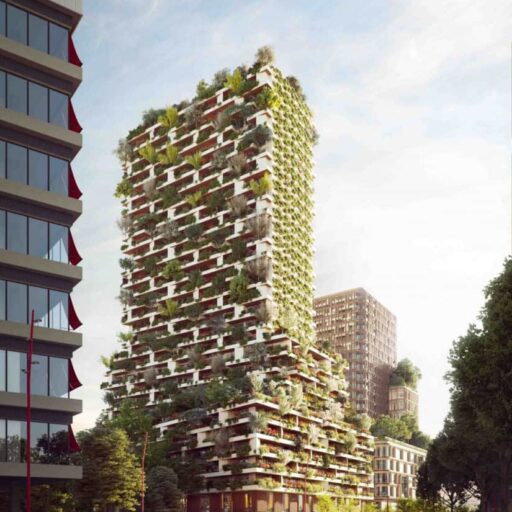
At 110m it’s just over five metres short of the tallest tree in the world, however the greenery-clad walls of the Wonderwoods Vertical Forest – a new office and residential tower block in Utrecht, Netherlands – will equate to an impressive one hectare (2.5 acres) of woodland.
The building (main picture) is the brainchild of Italian architect Stefano Boeri, who has nurtured a reputation for covering his creations with vegetation. Besides housing 200 apartments, a gym and workspaces, Wonderwoods’ facades will feature almost 10,000 shrubs and 360 trees.
The plants will not only dampen city noise, provide summer shade, and absorb an annual five tonnes of CO2, but they’re expected to draw 30 animal species to the city, including blackbirds, robins and swallows. Work is underway and should be complete by mid-2024.
Image: Stefano Boeri Architetti

The first female Arab astronaut in history returned safely to Earth this week after a 10-day, out-of-this-world mission on board the International Space Station (ISS).
Saudi Arabian Rayyanah Barnawi (pictured) splashed down in Florida with fellow Saudi rocketman Ali Al-Qarni. The privately-funded mission took the pair to the ISS on a ship supplied by Elon Musk’s Space X.
Barnawi, who has a decade of experience in breast cancer research, tweeted regular updates while carrying out experiments on human immune cells in microgravity.
Bidding an emotional farewell from the space station on Tuesday, she tweeted: “Every story comes to an end, and this is only the beginning of a new era for our country and our region. Thanks to everyone who has helped us.”
Image: Saudi Space Commission

A simple blood test for Alzheimer’s could be a step closer after scientists identified a brain cell which appears to have a lead role in the development of the disease.
A key marker of Alzheimer’s is the build-up of amyloid protein in the brain, but not everyone with these toxic amyloid plaques goes on to develop symptoms.
The question of why has proved an enduring mystery, but researchers at the University of Pittsburgh School of Medicine, US, think they’ve cracked the puzzle after discovering that star-shaped brain cells called astrocytes act as ‘key regulators’ in Alzheimer’s progression.
The team used blood tests to examine amyloid levels and astrocyte reactivity in 1,000 cognitively unimpaired elderly people. Astrocytes help maintain brain health, and the study found that participants with a combination of both high levels of amyloid and abnormal astrocyte reactivity would progress to develop Alzheimer’s symptoms.
“This puts astrocytes at the centre as key regulators of disease progression, challenging the notion that amyloid is enough to trigger Alzheimer’s disease,” said study lead Tharick Pascoal.
Image: RDNE Stock project

Britons are hot for heat pumps according to a survey which shows that the vast majority – more than 80 per cent – of new owners are as satisfied, or more satisfied, with their home heating after making the switch.
Nesta, a UK innovation charity, commissioned the poll of 2,500 heat pump users and quizzed more than 1,000 households run on gas – and found that satisfaction levels were largely the same in both cases.
The survey – which ran in England, Scotland and Wales – found heat pump users considered them to be “safe, reliable, quiet heat sources”, and dispelled the myth that they only work in new builds, with 83 per cent of owners in Victorian or older homes also saying they were happy.
Bean Beanland of the Heat Pump Federation told Positive News: “This has to be good news for the UK’s drive towards mitigation against the worst impacts of climate change.”
Image: Napa74
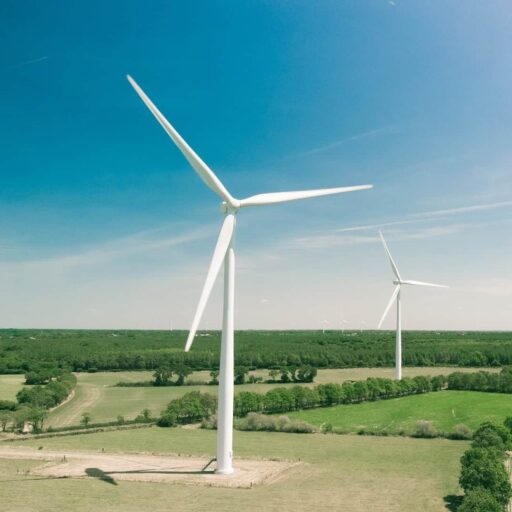
A green jobs bonanza in US fossil fuel regions will outweigh losses from transitioning to net zero, according to a study by researchers at Dartmouth College, New Hampshire, US.
They modelled a number of scenarios based on varying levels of renewables adoption, and found that energy sector jobs could increase to as much as 4.5 per cent of the US workforce by 2050 – up from 1.5 per cent in 2021.
Even in a scenario where renewables were constrained, growth in sectors such as wind turbines and solar would still offset job losses in declining coal, gas and oil, with America’s total employment in the energy sector doubling or even tripling in the same period.
Interestingly, the study noted that Republican strongholds – which have traditionally focused on job loss potential as an argument against renewables – stand to gain the most. However, the report stressed the need to retrain workers in declining sectors.
Image: Thomas Reaubourg

Could fungi be the sustainable future of packaging? If a Ukrainian startup has anything to do with it, it will be.
Despite the war, Ukraine’s S.Lab has developed a biodegradable alternative to polystyrene, which this week won an award and €25,000 (£21,748) to help it scale up.
The company already counts L’Oréal among its clients. Find out more about this novel solution to pollution here.
Image: S.Lab

As we reported last week, solar is set to eclipse all other forms of electricity by the end of the decade. But the sector is not standing still.
Plans are afoot for a series of far-out solar projects, including a plan to beam the sun’s energy down to Earth.
We covered some of these innovations in a feature this week, and like solar it blew up. Read all about them here.
Image: Fabio Buonocore
Main image: Stefano Boeri Architetti
Get your weekly fix of good news delivered to your inbox every Saturday, by signing up to the Positive News email newsletter.
Help us break the bad news bias
Positive News is helping more people than ever to get a balanced and uplifting view of the world. While doom and gloom dominates other news outlets, our solutions journalism exists to support your wellbeing and empower you to make a difference towards a better future. And as Positive News’ audience and impact grows, we’re showing the rest of the media that good news matters.
But our reporting has a cost and, as an independent, not-for-profit media organisation, we rely on the financial backing of our readers. If you value what we do and can afford to, please consider making a one-off or regular contribution as a Positive News supporter. From as little as £1 per month, you’ll be directly funding the production and sharing of our stories – helping them to benefit many more people.
Join our community today, and together, we’ll change the news for good.
